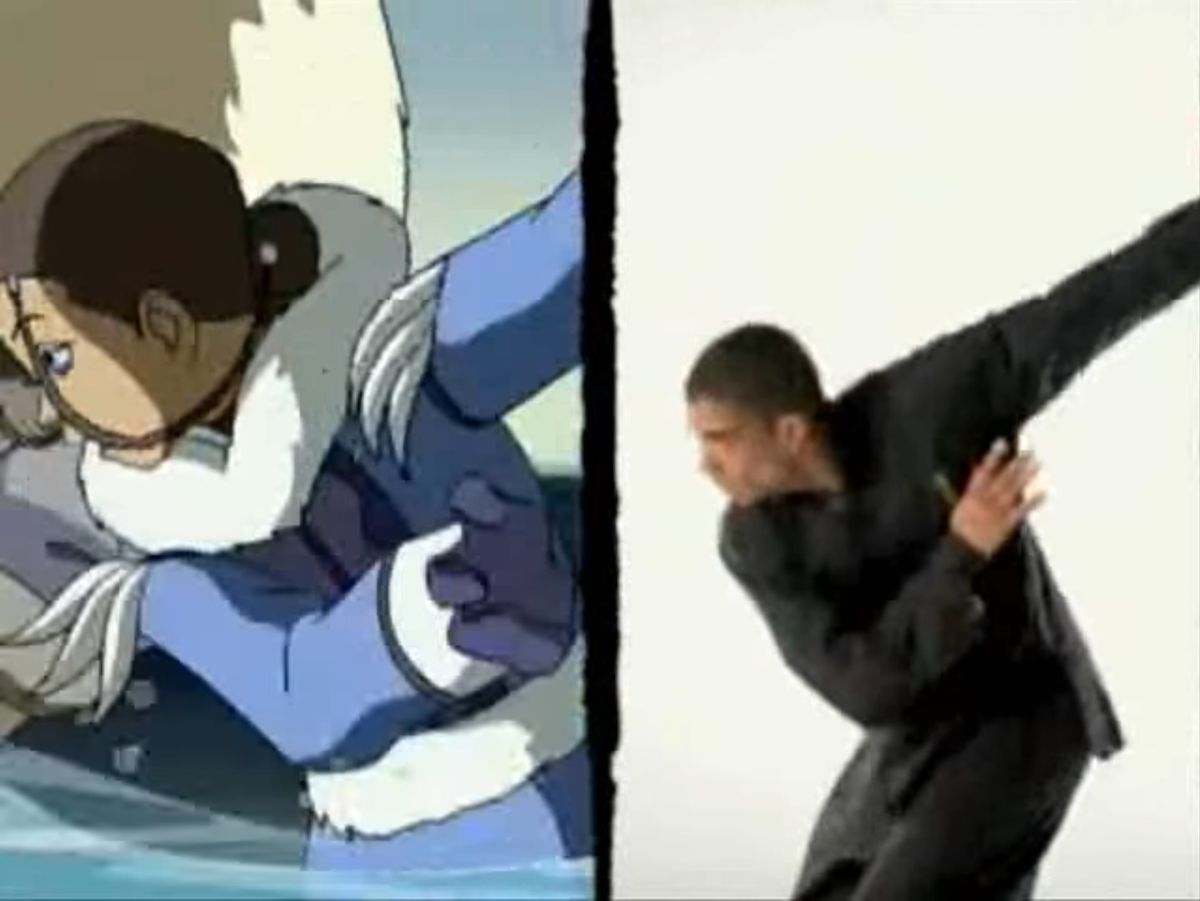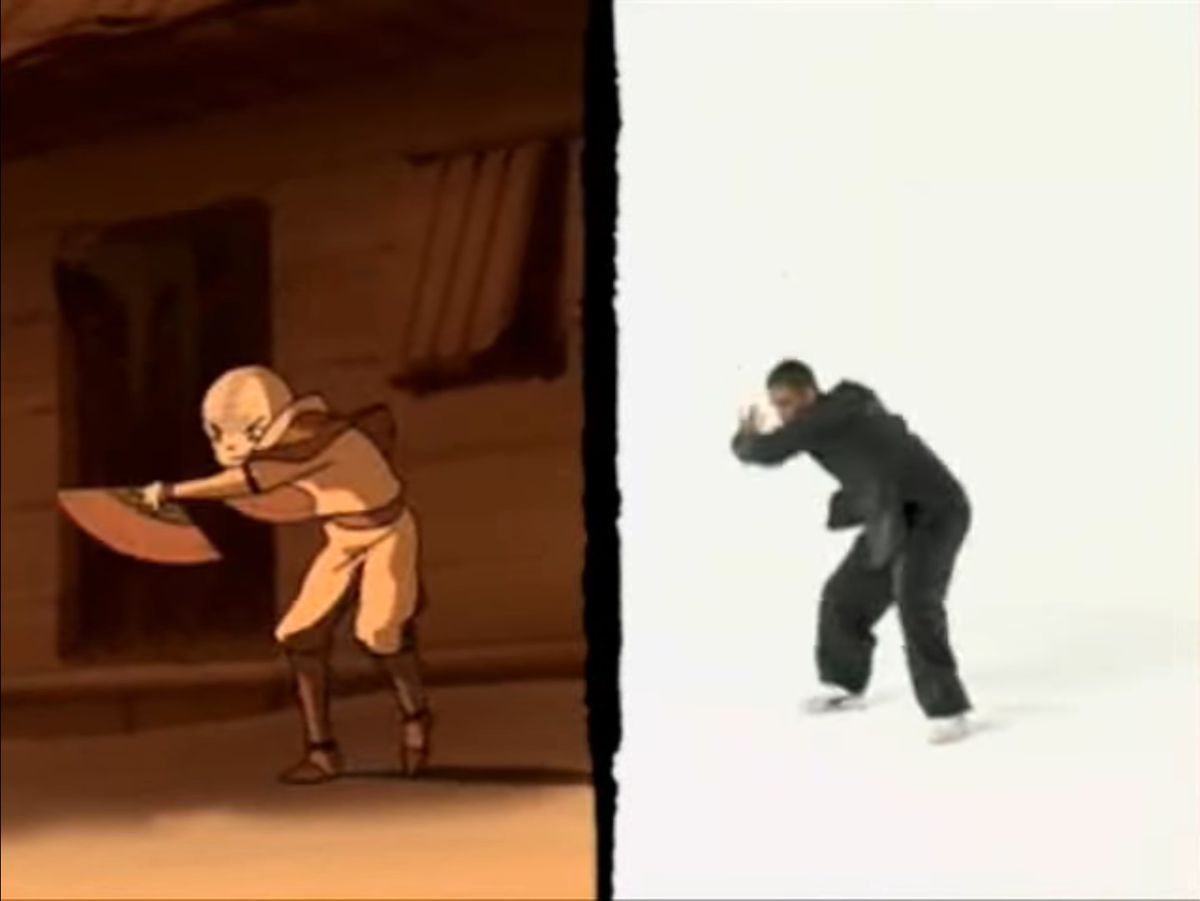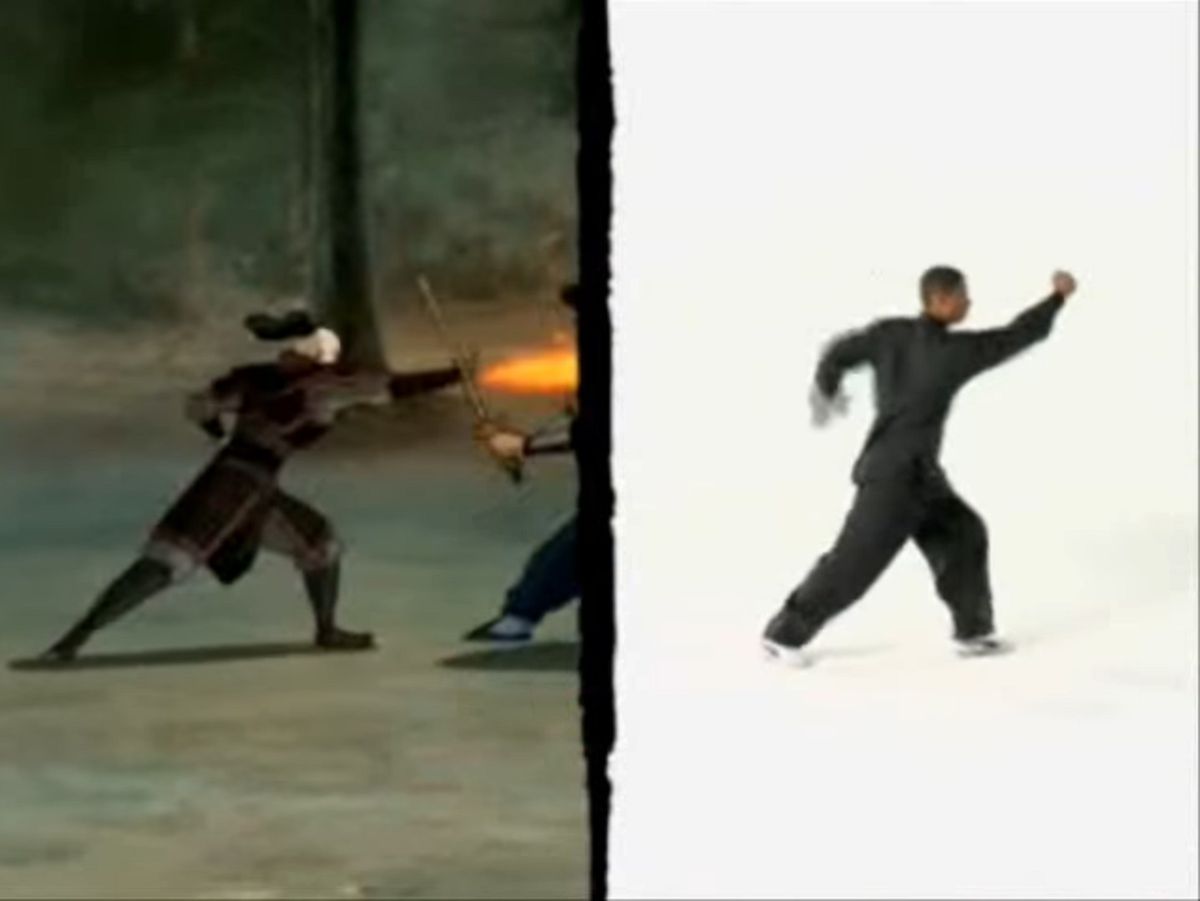The story behind Avatar’s bending designs still reigns, almost twenty years later
Shortly after Nickelodeon was given the green light to develop the series, Avatar: The last airbender co-creator Bryan Konietzko went looking for Northern Shaolin kung fu teachers in Los Angeles. He did “to learn more about kung fu for (himself) as an artist and animator,” but also to possibly find a partner who can discuss the use of martial arts techniques in the show.
Konietzko found Sifu Kisu, signed up to be his student and recruited the martial artist as the show’s advisor. And that collaboration did wonders for one of the most influential American animated series ever. Kisu worked on every episode of ATLAand worked with a team on follow-up series The Legend of Korra. One of my favorite elements of both shows is the fluid fight choreography, which borrows techniques from real martial arts disciplines to create different styles for the different bowing nations. And the process the team took to get there is just as interesting.
A 2021 Insider video and behind-the-scenes footage from Nickelodeon provides a glimpse into a unique process that helped ATLA to become the cultural touchstone it is today. Konietzko and his team created a storyboard with the basics of a fight scene’s choreography, and Kisu worked with the animation team to flesh out the full movements, mostly performing the movements himself for reference photography to animate on.
“It was fun. I was the only person on earth with my job for a whole minute,” Kisu told Insider.
Although it was serious work, there was plenty of room for Nickelodeon-style silliness. The reference footage of Zuko and Azula’s fight on the boat deck was filmed in front of the studio’s giant SpongeBob statue, Kisu said. And photography for the iconic Airbender continues Korra‘s end credits sequence It involved Kisu holding Konietzko in his arms as he struck the pose.
Image: Insider
As an experienced martial artist in multiple disciplines, Kisu was uniquely qualified to expand the language of action ATLA, where each bending technique is based on an existing martial art. One of his major breakthroughs was implementing martial arts moves into the show’s magical skills, rather than in addition to those skills, as we see in shows like Dragon Ball Z.
“It’s like I’m holding a rock in my hand (…) and it jumps out of my hand and hits the camera, you’re going to question that, right?” Kisu told Insider. “But if I decide and make the move and do the antics to throw that, then that’ll read more into something you can understand, right? We thought that would be important, that it had to come from somewhere and go somewhere.”
This means that the bending movements themselves are derived from martial arts forms and movements. Crucially, these styles were chosen not only because the movements suited Kisu’s vision, but also because he felt they fit the ethos of those elements and the fictional nations that use them.

Image: Nickelodeon

Image: Nickelodeon

Image: Nickelodeon

Image: Nickelodeon
Waterbending is inspired by tai chi because the martial art is “less about strength and more about alignment, body structure, breathing and visualization,” Kisu said in behind-the-scenes footage. Earthbenders were based on Hung Ga kung fu, known for its emphasis on strong stances and “roots in the ground.” Airbending got its influence from baguazhang, a martial art in which practitioners move in circles and “constantly rotate back and forth.” Finally, firebenders draw their influence from Kisu’s favorite style, Northern Shaolin. “It’s a very strong, dynamic style,” he said in behind-the-scenes footage. “It uses powerful hand and leg movements.”
All this attention to detail and inspiration from real fighting styles helps ATLA‘The action definitely feels more realistic. But just as importantly, it makes the world of the show feel fully formed, with history and traditions that predate the events of the series.
Kisu hasn’t done much else in the way of movies and TV after finishing Avatar, instead focusing on his martial arts school in Colorado. His only credited credits since then are for coordinating stunts for short films (Search ad And Digital burning) and play a swordsman in the low-budget 2017 martial arts drama The curse of the dragon sword. Kisu he said was not interested in returning for an Avatar revival, so don’t expect to see his influence directly on the new Netflix series. But his mark on the franchise is inescapable and will endure as long as there is Avatar to watch.
Avatar: The last airbender And The Legend of Korra are streaming on Netflix and Paramount Plus.
